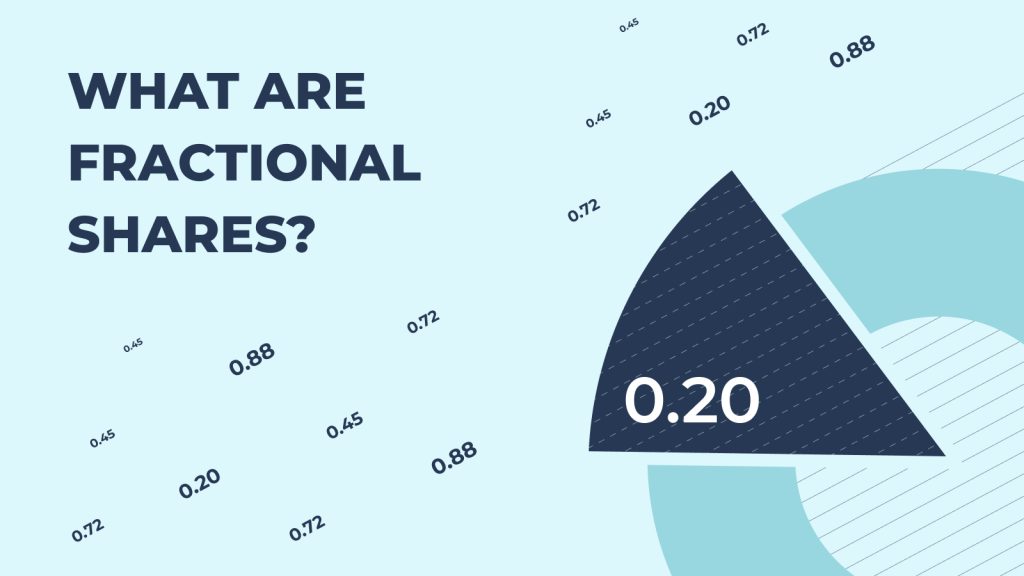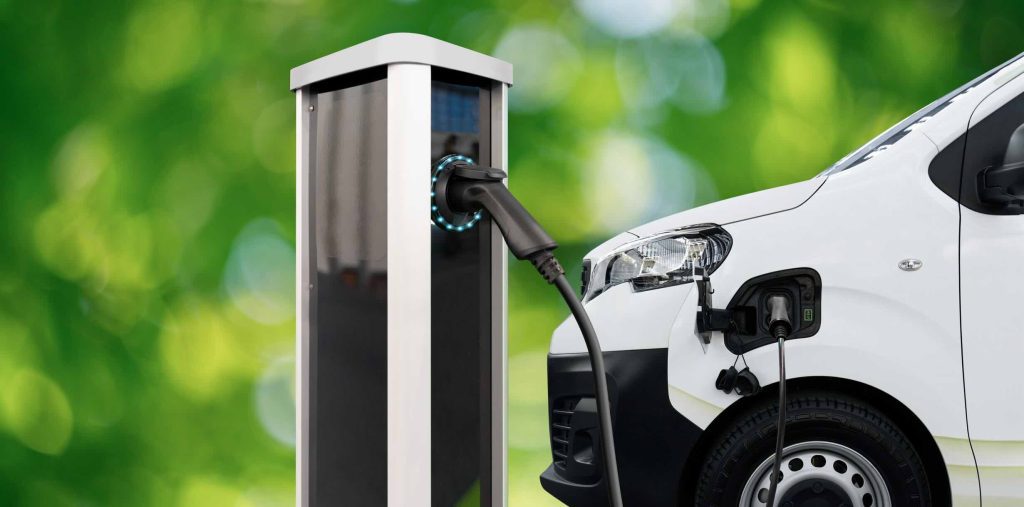As investors navigate the uncharted waters of a world reshaped by pandemic, unrest, and economic uncertainty; many are becoming tempted to answer the siren call of alternative asset investments. While investing in physical assets such as fine art, collector automobiles and precious metals can be extremely lucrative, these objects bring with them extraordinary associated risks. The acts of purchasing, transporting, storing, and maintaining these investments are fraught with threats like physical damage, fraud, and theft. Therefore, each unique asset class must be purchased and protected in tandem with a specialized loss prevention and insurance plan, which we will now outline.
The first area of threat to a Fine Art investment is at the point of negotiation and purchase. In recent years, well known art dealers have had their emails spoofed leading to millions of buyer dollars heading permanently to bank accounts in far flung countries rather than to the dealer from whom they were attempting to purchase a piece. Simple acts such as authenticating email addresses with a quick visual review and getting verbal confirmation that wiring instructions sent digitally are in fact accurate, can save millions as well as reputations. Communicating via encrypted email and messaging apps is also highly advisable when in-person negotiations are not possible.
When proper cyber and bank wiring hygiene are practiced and transactions do proceed smoothly, shipment and storage become the next immediate threats to the purchased piece. Poor packaging, inadequate security, and storage in non-climate-controlled facilities can cause millions in damage before the new owner even takes physical possession of the piece.
While the art purchase process is fraught with risk, the new owner is not out of the woods once they take possession of a piece. Unprofessional maintenance, poorly completed restoration work, and the elements (e.g. burst pipes, wildfires, hurricanes, etc.) can all destroy the potential for realizing investment gains long before a successful sale can take place. Having expert risk management advice coupled with best-in-class insurance can be the difference between keeping a piece intact or suffering a large investment loss.
Though more durable than most paintings or sculptures, exotic and classic automobiles bring with them both similar and unique risks. The purchase process includes the same threats of cyber fraud, but once possession is taken, the task of storing vehicles becomes challenging due to space requirements. To solve this problem, many collectors have bought space in secure auto storage facilities or auto enthusiast communities. Others have opted to build custom garages for their cars. Those with larger collections and a broad geographic footprint often use a combination of the above methods.
While there are many storage options available, maintaining vehicles in a well secured facility and having an evacuation plan in place when stored in hurricane or wildfire prone areas is essential. This effort can often be aided by hiring a manager for the collection with experience in the collector auto space and by working with an insurance broker and carrier who specialize in protecting these types of vehicles.




Obtaining insurance for these investments requires a broker and carrier with expertise in insuring alternative assets. Given the associated risk, even many collection specialist brokers will balk at placing the necessary insurance, so finding the right one is a necessity. It should be noted that the above primer is by no means intended to cause the reader to reconsider investing in alternative assets. These items can perform far better than traditional investments and are well worth pursuing intelligently. And though considering these assets is wise, it must be done while factoring in the unique preventative and insurance measures required to best secure their value.



















Comments 1